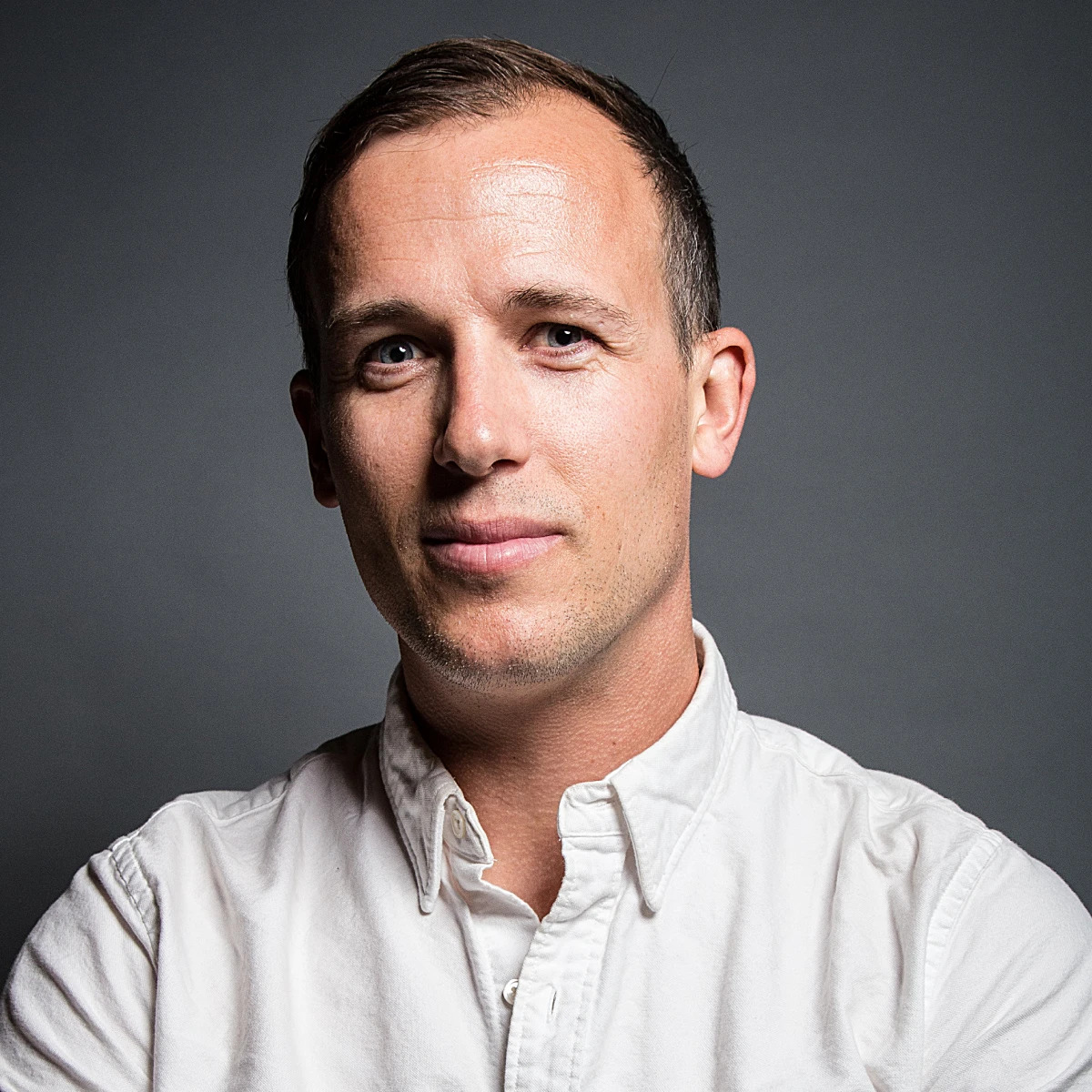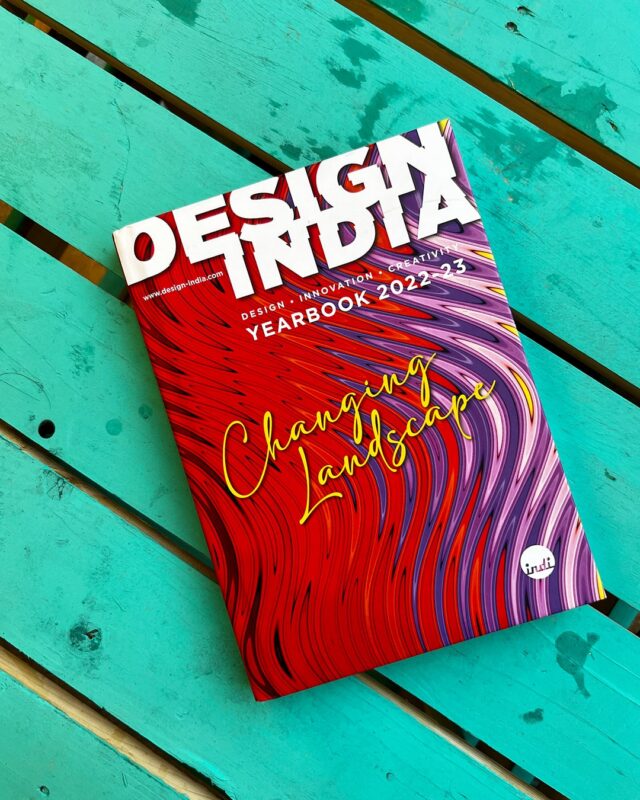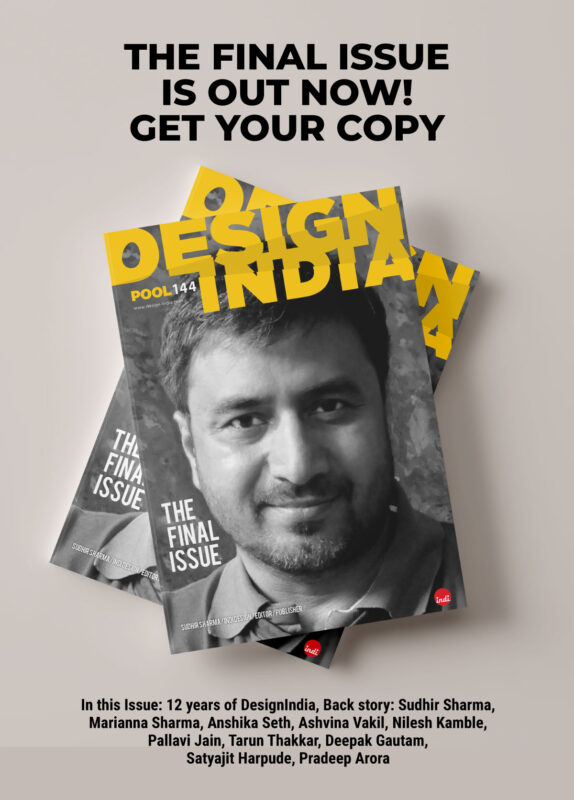Helping Decision Makers Set Measurable User-centric Goals
Daniel Burka talks about his focus on solving complex global health problems in simple ways. Along the way, he highlights the designers’ role in ensuring that systems are more user-centric.
SS: As a product manager and designer, how do you balance the needs and wants of your users with the goals and objectives of your organization, and what strategies do you use to resolve conflicts between these two priorities?
DB: The needs of healthcare workers and their patients should be the most important goals in a health program. But, surprisingly, they are often overshadowed by the requirements of governments and health programs. The trick for designers is to play a role in bringing the needs of end-users back into the halls of power where decisions are made. Bringing user stories to life for decision-makers and helping to set measurable user-centric goals (e.g. setting a maximum time for data entry during a typical 3-4 minute clinical visit) is the kind of influence that designers can leverage to ensure that a system is as user-centric as possible.
SS: What inspired you to focus on solving global health problems, and how do you see the role of design and technology in improving healthcare outcomes for people around the world?
DB: When I was first introduced to former US CDC Director, Dr Tom Frieden, he told me that our organization’s goal was to save 100 million lives from cardiovascular disease in the next 30 years. That’s both an audacious and an achievable goal. He also said that he believed in 3 S words: Speed, Simplicity, and Scale. To a tech person, these hit a lot of the exciting parts of the work — move fast, keep things simple, and try to solve an enormous challenge. One of my favorite parts about working in public health is that it’s not a tech problem. It’s primarily a public health problem, but technology is essential to the project’s success. The key for public health programs is that they’re founded on strong data. At the scale of hypertension, which affects over a quarter of the population in many countries, a digital records system is the only way to track health outcomes data at scale.
SS: Can you share any examples of how Simple.org has improved patient outcomes or healthcare delivery in the countries where it is used, and what lessons have you learned from working on this project?
DB: The main way that Simple benefits patients is by giving administrators the ability to track which hospitals are doing a good job at managing patients with hypertension and which ones are struggling. The administrators can then work with hospitals to take the best ideas from the high performers and help the low performers to strengthen the way they treat patients and how they keep patients in care. We can clearly see in the data that health facilities using Simple have over time increased the number of patients with controlled blood pressure by >20%. The cool part with this is that it’s not magic technology functioning on its own — the technology simply gives transparency to public health officials so they can do their jobs more effectively, thereby improving treatment outcomes. We do some direct-to-patient things that are really helpful too, like sending customized SMS reminders to millions of patients each month to remind them to come to their visits (this decreases missed visits by >5%).
SS: As a member of Adobe’s Design Circle, what do you believe are the most important skills and qualities that designers need to succeed in today’s rapidly evolving digital landscape?
DB: In an era when big companies are asking designers to increasingly specialize, the best designers that I’ve met are flexible generalists. I know a great design leader in Bangalore who was originally a film student, several chief design officers who were journalists, etc. Having the flexibility to reach deep into your toolkit to tackle many types of problems gives you an advantage in a quickly changing world where VR, then blockchain, then AI are the hot topics of the year. I encourage young designers not to get pigeonholed into just one aspect of design.
SS: In your experience working with startups and tech companies, what are some of the most common mistakes that founders and product teams make when it comes to design and user experience, and how can they avoid these pitfalls?
DB: This may sound strange, but one of the biggest mistakes that design founders make is thinking that ‘good design’ is the solution to all problems. Sometimes “Sales” or “Marketing” or “Finance” or “Training” are way more important to a project than design itself. It’s important to have humility and apply the right solution to the problem at hand.
For non-design founders, the mistake that we see over-and-over is waiting too late to test ideas. Your designers can prototype ideas more quickly and efficiently than engineers can code the real thing. Create prototypes and apply good UX research to test your ideas more quickly and reliably. You’ll kill lots of bad ideas and spend more of your engineering resources on pre-vetted ideas that show promise.

Daniel Burka
Director of product and design at the not-for-profit Resolve to Save Lives
Daniel Burka is a product manager and designer who focuses on solving complex global health problems in simple ways. He is the director of product and design at Resolve to Save Lives, where he leads the open-source project, Simple.org. Simple is used by thousands of hospitals in India, Bangladesh, Sri Lanka, and Ethiopia to manage over 3.2 million patients with hypertension and diabetes.
DesignIndia Yearbook 2022:
This issue of the yearbook features the winners of India’s Best Design Awards, design…Read More
DesignIndia 144:
The Final Issue marks the end of DesignIndia publication. This issue contains a glimpse of people and..Read More
Buy Now


